Refine search
Actions for selected content:
12661 results in History of science
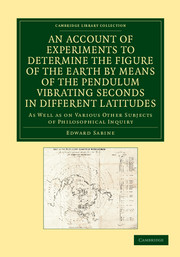
An Account of Experiments to Determine the Figure of the Earth by Means of the Pendulum Vibrating Seconds in Different Latitudes
- As Well As on Various Other Subjects of Philosophical Inquiry
-
- Published online:
- 05 October 2014
- Print publication:
- 06 February 2014
- First published in:
- 1825
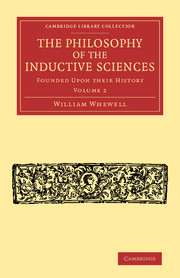
The Philosophy of the Inductive Sciences
- Founded upon their History
-
- Published online:
- 05 October 2014
- Print publication:
- 02 January 2014
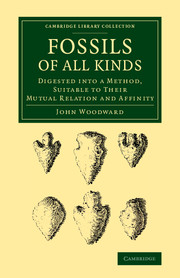
Fossils of All Kinds
- Digested into a Method, Suitable to their Mutual Relation and Affinity
-
- Published online:
- 05 October 2014
- Print publication:
- 20 March 2014
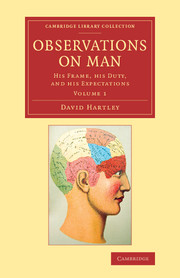
Observations on Man
- His Frame, his Duty, and his Expectations
-
- Published online:
- 05 October 2014
- Print publication:
- 31 October 2013
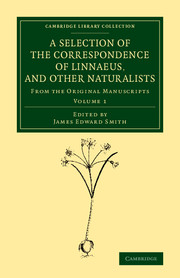
A Selection of the Correspondence of Linnaeus, and Other Naturalists
- From the Original Manuscripts
-
- Published online:
- 05 October 2014
- Print publication:
- 20 March 2014

Flora atlantica
- Sive historia plantarum quae in Atlante, agro Tunetano et Algeriensi crescunt
-
- Published online:
- 05 October 2014
- Print publication:
- 05 September 2013
- First published in:
- 1798
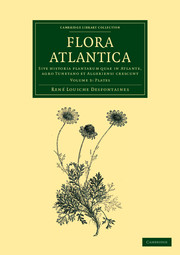
Flora atlantica
- Sive historia plantarum quae in Atlante, agro Tunetano et Algeriensi crescunt
-
- Published online:
- 05 October 2014
- Print publication:
- 05 September 2013
- First published in:
- 1798

Histoire naturelle des animaux sans vertèbres
-
- Published online:
- 05 October 2014
- Print publication:
- 06 May 2013
- First published in:
- 1819
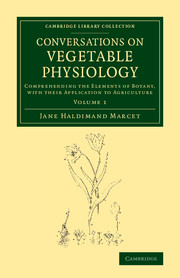
Conversations on Vegetable Physiology
- Comprehending the Elements of Botany, with their Application to Agriculture
-
- Published online:
- 05 October 2014
- Print publication:
- 21 November 2013
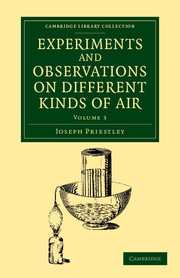
Experiments and Observations on Different Kinds of Air
-
- Published online:
- 05 October 2014
- Print publication:
- 05 September 2013
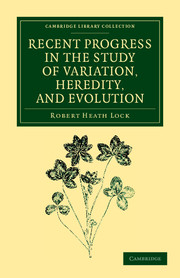
Recent Progress in the Study of Variation, Heredity, and Evolution
-
- Published online:
- 05 October 2014
- Print publication:
- 06 June 2013
- First published in:
- 1906
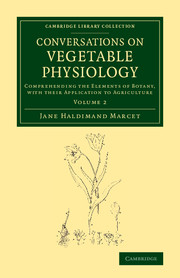
Conversations on Vegetable Physiology
- Comprehending the Elements of Botany, with their Application to Agriculture
-
- Published online:
- 05 October 2014
- Print publication:
- 21 November 2013

Conversations on Natural Philosophy
- In Which the Elements of that Science Are Familiarly Explained and Adapted to the Comprehension of Young Pupils
-
- Published online:
- 05 October 2014
- Print publication:
- 23 January 2014

Sundials and Roses of Yesterday
- Garden Delights Which Are Here Displayed in Every Truth and Are Moreover Regarded as Emblems
-
- Published online:
- 05 October 2014
- Print publication:
- 19 September 2013

Exposition méthodique des genres de l'ordre des polypiers
- Avec leur description et celle des principales espèces, figurées dans 84 planches, les 63 premières appartenant à l'histoire naturelle des zoophytes d'Ellis et Solander
-
- Published online:
- 05 October 2014
- Print publication:
- 20 February 2014
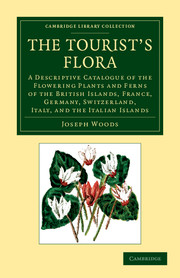
The Tourist's Flora
- A Descriptive Catalogue of the Flowering Plants and Ferns of the British Islands, France, Germany, Switzerland, Italy, and the Italian Islands
-
- Published online:
- 05 October 2014
- Print publication:
- 22 August 2013

A Sketch of the Life and Writings of Robert Knox, the Anatomist
-
- Published online:
- 05 October 2014
- Print publication:
- 05 September 2013
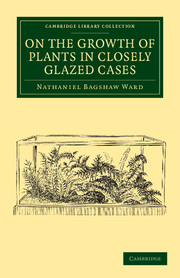
On the Growth of Plants in Closely Glazed Cases
-
- Published online:
- 05 October 2014
- Print publication:
- 22 August 2013
- First published in:
- 1842
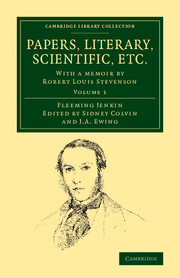
Papers, Literary, Scientific, Etc.
-
- Published online:
- 05 October 2014
- Print publication:
- 02 January 2014
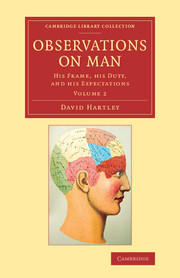
Observations on Man
- His Frame, his Duty, and his Expectations
-
- Published online:
- 05 October 2014
- Print publication:
- 31 October 2013
